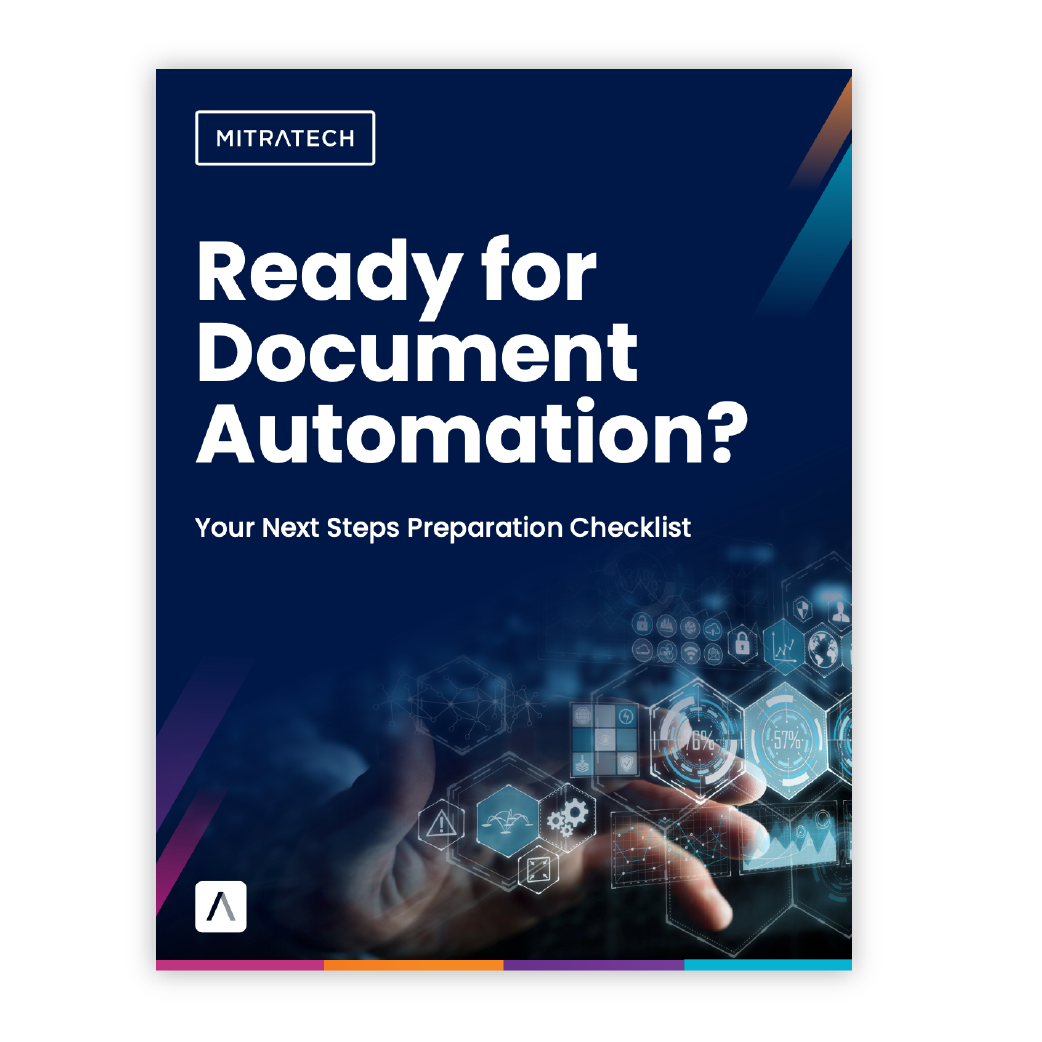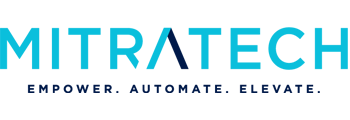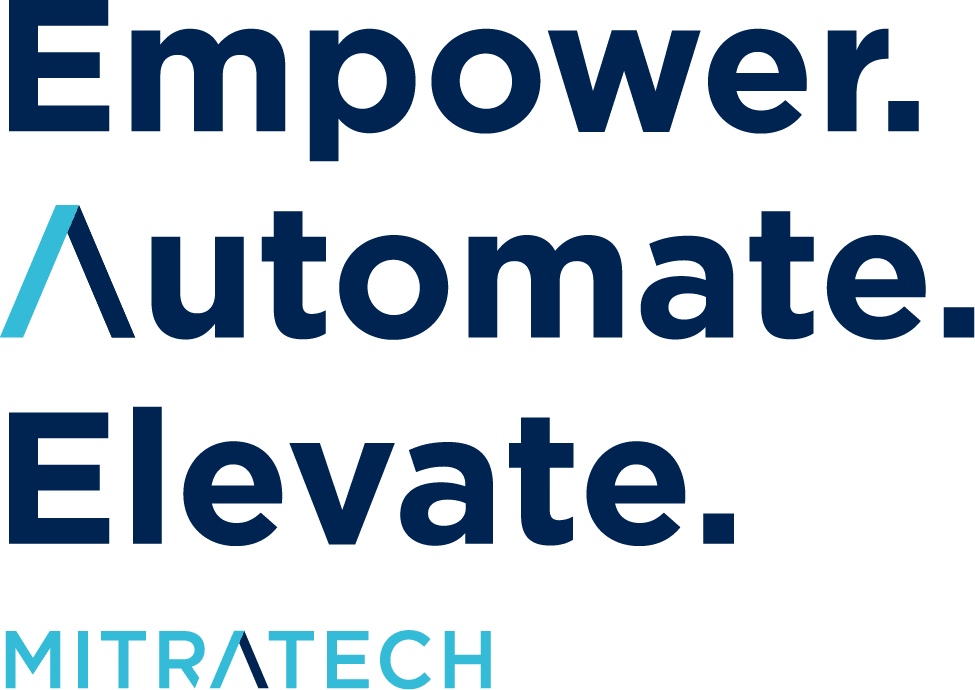If you're a lawyer or legal ops leader still drafting contracts manually, you're not alone. There are many who are no strangers to the stress: juggling multiple redlines, double-checking outdated templates, and manually populating data fields, all while hoping someone doesn’t send the wrong version for signature.
These aren’t just minor inefficiencies. They’re legal risks waiting to happen.
Documentation errors and process gaps can lead to non-compliance, poor decisions, or worse – contractual liability. In fact, Gartner reports that the cost of non-compliance can be up to 2.71 times higher than the cost of maintaining proper compliance and documentation systems. That’s a steep price to pay for preventable errors.
So, what’s the alternative?
Enter: Legal Document Automation
Legal document automation gives you the tools to build guardrails into the drafting process.
Standardized templates. Automatic data pulls. Built-in approval paths. It’s not about replacing the human touch; it’s about giving legal professionals the speed and control they need to reduce risk without rework.
And the best part?
You don’t have to overhaul everything at once. Start small, solve what hurts most, and build from there.
Let’s explore the 7 practical features that help you minimize legal risk (starting with the ones most teams are likely missing today).
-
Straightforward Template Management
Robust document automation starts with dynamic, standardized templates. Features like clause libraries and flexible formatting allow legal teams to tailor documents to a range of use cases – without ever straying from approved content. This ensures legal accuracy while reducing deviation and inconsistency across the organization.
As Gene Turner of LawHawk recently noted in a featured article, the assumption that Mitratech template management is more time-consuming or complex than other solutions — perhaps due to its breadth in functionality — is a myth that doesn’t reflect real-world experience.
“While the other solution was praised for being no-code, point-and-click, and featuring reusable automation objects, these are also true of Mitratech Document Automation (HotDocs). A key to our ability to build new solutions so quickly and cost-effectively is that we reuse large chunks of pre-built Mitratech automation that have been tried and tested across multiple projects. We keep a lot of our automation components in a separate file and can copy them into new projects in seconds.”
-
Automated Document Creation and Escalation
Automated workflows streamline the document lifecycle — from creation and review to approval and distribution. Notifications, task assignments, and conditional approvals help ensure nothing slips through the cracks. This reduces delays, enforces internal controls, and increases accountability.
-
Bulk Document Generation
Manual generation of hundreds or thousands of documents (like NDAs, SOWs, or compliance letters) is prone to errors. Bulk generation capabilities enable teams to create documents at scale without sacrificing accuracy, saving time and lowering operational risk during high-volume processes.
While HotDocs excels at managing the most complex workflows and large-scale business processes, it’s also perfectly suited for generating simple documents.
As Turner reminds us, “It is also extremely fast to do simple documents…The smaller documents that are used most frequently can often be the most valuable.”
-
Customizable Questionnaires
Smart, logic-based questionnaires guide users through document creation, ensuring they only input what’s necessary based on the use case. This helps teams avoid over- or under-sharing information and ensures the output stays tailored and compliant.
-
Security and Compliance Tools
Legal documents often contain highly sensitive data. Automation platforms should include features like role-based access controls, user authentication, and data encryption to protect confidentiality and meet industry regulations (e.g., GDPR, HIPAA, SOC 2). These controls reduce exposure to data breaches or unauthorized access.
-
Integration with Existing Systems
Manual data entry introduces risk: misspelled names, wrong dates, and outdated terms, to name a few. Legal teams need more than just smart templates; they need those templates to pull directly from trusted sources.
Mitratech Document Automation makes this seamless. HotDocs uses robust APIs and deep integration capabilities to connect with CRMs, matter management tools, HRIS, CLM systems, and more — pre-filling every field with accurate, up-to-date information.
This connectivity extends beyond data inputs. When paired with solutions like TAP Workflow Automation, legal teams can trigger document generation and route approvals. They can also manage signatures — all within a unified, automated workflow. A Microsoft Word add-in validates templates in real time, helping teams flag and correct errors early in the process.
The result is a more accurate, efficient, and risk-aware approach to document generation that fits seamlessly into existing legal tech environments.
-
Ease of Use and Customization
An intuitive user interface with a minimal learning curve ensures high adoption across legal, procurement, HR, and business teams. Configurable branding and workflow options help legal teams embed governance without creating barriers to productivity.
Gene Turner champions the importance of ease of use in document automation solutions. As a self-trained document automation pro, he advocates for the importance of having access to “ simple IF – THEN – ELSE logic in a manner that many newer solutions on the market are not even capable of achieving (particularly having multiple levels of repeats).”
Transforming Legal Operations Through Automation
Minimizing legal documentation risk doesn’t have to mean adding more overhead. With the right document automation solution, you can embed compliance and quality directly into your legal processes.
A thoughtful, collaborative approach, paired with the right technology and ongoing optimization, will not only streamline your operations in the short term but also position your legal team for long-term success.

Ready to reduce risk and bring greater consistency to your legal drafting?
Download our Document Automation Next-Step Preparation Checklist to ensure your team is set up for success. You’ll get a practical roadmap covering key stakeholders, system readiness, integration needs, and change management tips so that you can move forward with confidence.
Télécharger maintenant


